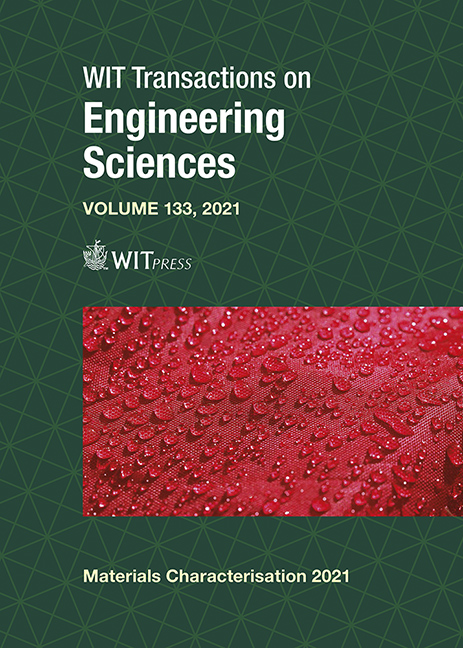WASTEWATER MATTER: FROM ALGAE TO BIO-ALGAE PLASTIC 3D PRINTED FAÇADE ELEMENT
Price
Free (open access)
Transaction
Volume
133
Pages
13
Page Range
153 - 165
Published
2021
Paper DOI
10.2495/MC210171
Copyright
Author(s)
DEENA EL-MAHDY, AHMED KHALED YOUSSEF
Abstract
In Egypt during the extreme heat in summer, numerous amounts of air conditioners – that provide a cooler environment – are producing a huge amount of outlet wastewater. The continuous flow of this water causing great damage to buildings’ façades. Therefore, the paper presents an innovative product solution made from algae that aim to reuse this wastewater as a self-watering landscape façade element that acts as an irrigation system. The prototype is designed from concept to manufacturing to implementation based on 3D printing with a bio-algae filament. With the dual algae ability in producing O2 and absorbing CO2, the fabrication follows a spiral engrave path to collect and cool the water droplet and ensure a smooth flow to be suitable for plantation. A path strategy is used during the printing for minimal structure supports aimed at saving unnecessary material waste and fabrication time. Solar radiation and water simulation are tested to measure the effect of the algae and to ensure the water fluidity from the AC tube till reaching the soil. The solar radiation results record a solar reduction from 316.43 to 80.71 kWh/m2 after adding the algae panel to a building façade with a decrease of 6°C in the water temperature. The design demonstrates highly significant materials and resource savings, where no supports are needed during printing. The finding addresses the manufacturing of a low-cost algae product using cleaner technology as additive manufacturing. Given the alarming increase in the new industrial materials, algae will allow designers to explore their benefits regarding their O2 production and CO2 absorption, which will influence the façades to be smarter and sustainable using large-scale of PBR – photobioreactors – applications as a nature-based alternative to large glass surfaces with the potentials of additive manufacturing. This can reduce plastic production using fossil fuels to be eco-friendly.
Keywords
3D printing, additive manufacturing, algae, bioprinting, digital fabrication, green façade, bioenergy





